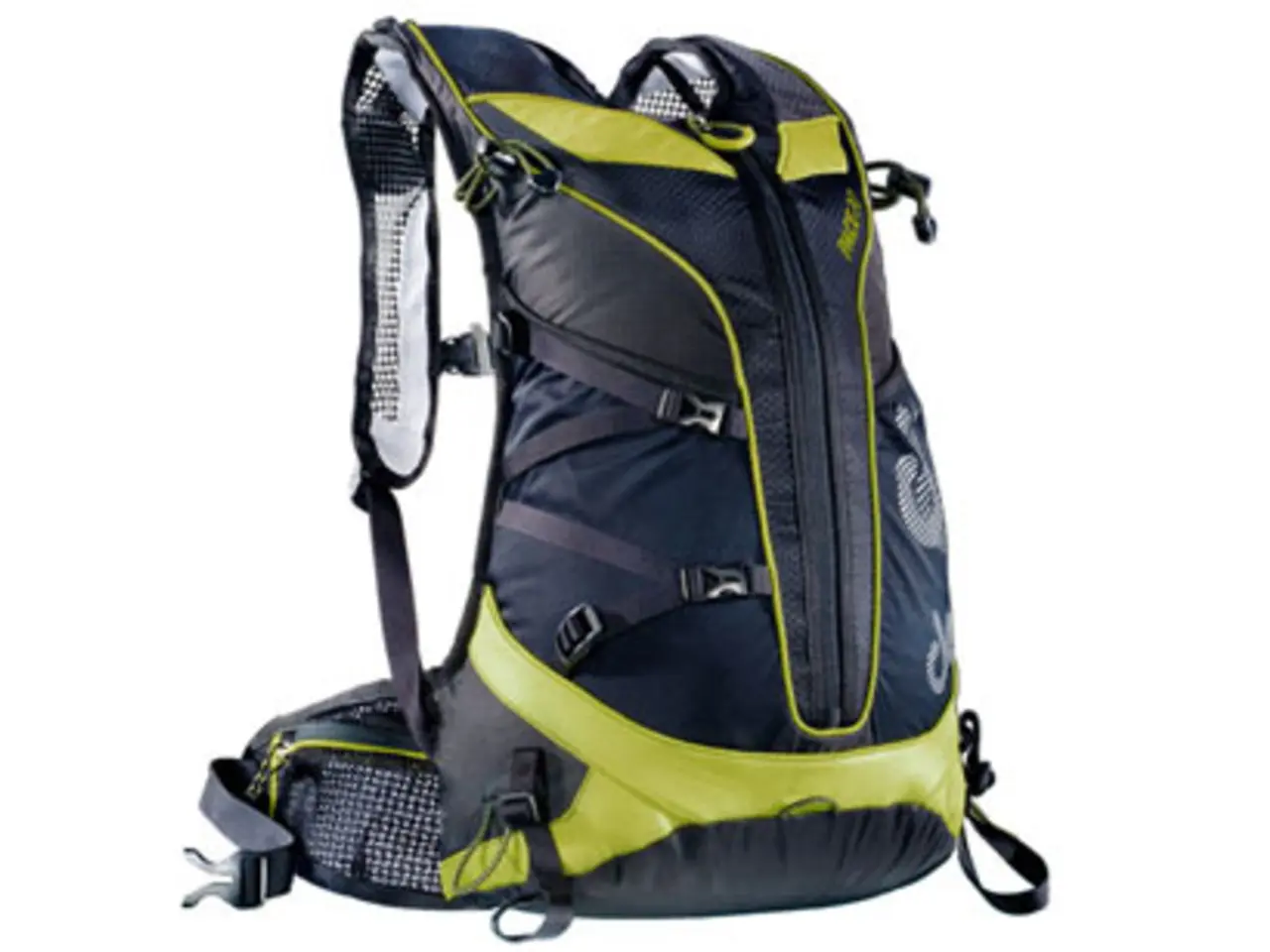Protect Your Workforce in Your Supply Chain: Identify the Top Six Injury Risks and Learn Prevention Strategies!
The importance of safety in supply chain operations cannot be overstated, as it plays a crucial role in building a stronger, more resilient supply chain for the future. In an industry where slips, trips, and falls are the leading cause of nonfatal injuries across many sectors, the risks are amplified in supply chain environments.
According to recent statistics, 18% of all workplace injuries resulting in time off are related to slips, trips, and falls. Moreover, 24% of warehouse workers report lower back pain, which is a precursor to more serious injuries and missed days at work. To address these issues, housekeeping protocols, non-slip footwear, and fall prevention training can help reduce the risk of such incidents.
In addition to physical hazards, the supply chain industry also faces the challenge of handling hazardous materials. In 2022, improper handling of these materials led to over 600,000 nonfatal workplace injuries and 839 fatalities. Exposure to hazardous materials can lead to chemical burns, respiratory problems, or long-term health issues. Prevention tips include proper training, ensuring ventilation and safety equipment, and keeping updated Material Safety Data Sheets (MSDS) accessible.
Another significant concern is musculoskeletal injuries, which are often a result of improper lifting techniques or overexertion. Lifting heavy objects is a daily part of the job for many supply chain workers, and these injuries can lead to serious complications. To mitigate this risk, proper lifting techniques, use of equipment, and job rotation can be implemented.
Moreover, repetitive strain injuries can lead to long-term disability. Prevention strategies include providing ergonomic tools and workstations, implementing task rotation, and encouraging regular stretching exercises.
Forklift incidents, unfortunately, claim many lives each year. In 2022, they accounted for 73 deaths and 24,960 DART cases. Prevention tips for "Caught-between" injuries include providing emergency stop buttons, maintaining spacing and safety guidelines, and training workers for situational awareness.
The most effective workplace injury prevention strategies for supply chain operations focus on a combination of engineering controls, administrative controls, training, and safety culture development. This includes the use of mechanical lifting equipment and ergonomic tools, employee training on safe work habits and hazard recognition, hazard communication and safety signage, a strong safety culture with engaged leadership, and environmental housekeeping and workplace maintenance.
In conclusion, effective injury prevention in supply chains requires integrating ergonomic equipment, comprehensive worker training, clear hazard communication, leadership-driven safety culture, and good workplace maintenance practices to substantially reduce both common and serious injuries. By prioritizing safety through the right training and preparation, the supply chain industry can reduce human cost, improve productivity, and ensure smoother operations, ultimately building a stronger, more resilient supply chain for the future.
[1] OSHA (2021) "Preventing Workplace Slips, Trips, and Falls." [Online] Available: https://www.osha.gov/SLTC/etools/slips-trips-falls/index.html
[2] NIOSH (2021) "Preventing Musculoskeletal Disorders in the Workplace." [Online] Available: https://www.cdc.gov/niosh/topics/msd/
[3] EHS Today (2020) "5 Ways to Improve Safety in Warehouses." [Online] Available: https://www.ehstoday.com/safety/article/21112793/5-ways-to-improve-safety-in-warehouses
[4] Safety + Health Magazine (2019) "Building a Safety Culture: A Guide for Leaders." [Online] Available: https://www.safetyandhealthmagazine.com/articles/17834-building-a-safety-culture-a-guide-for-leaders
[5] HSE (2021) "Managing Health and Safety: A Practical Guide." [Online] Available: https://www.hse.gov.uk/pubns/priced/hsg50/hsg50.htm
- To minimize slips, trips, and falls in supply chain environments, it's crucial to implement housekeeping protocols, provide non-slip footwear, and offer fall prevention training for workers. [workplace-wellness, health-and-wellness, logistics]
- In light of the challenges presented by the handling of hazardous materials, it's essential to provide proper training, ensure ventilation and safety equipment usage, and keep up-to-date Material Safety Data Sheets (MSDS) accessible for workers in the supply chain industry. [science, transportation, safety]
- To prevent musculoskeletal injuries, implementing proper lifting techniques, using equipment, job rotation, and encouraging ergonomic tools and regular stretching exercises can significantly reduce the risk for workers in logistics sectors. [therapies-and-treatments, health-and-wellness, workplace-wellness]




